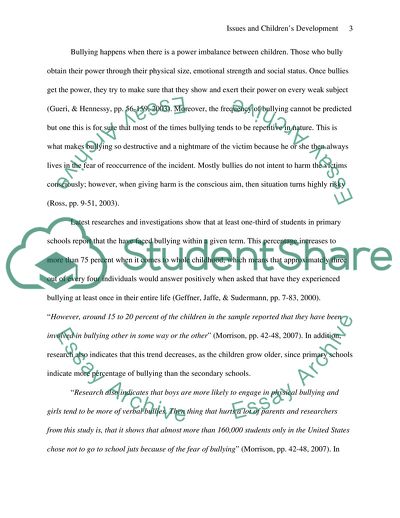Cite this document
(The Impact of Social Issues on Children Development Essay, n.d.)
The Impact of Social Issues on Children Development Essay. https://studentshare.org/social-science/1731545-select-two-different-issues-and-consider-the-impact-of-these-on-social-or-cognitive-development-in-children-or-adolescents-how-does-research-in-these-areas-inform-developmental-psychologists
The Impact of Social Issues on Children Development Essay. https://studentshare.org/social-science/1731545-select-two-different-issues-and-consider-the-impact-of-these-on-social-or-cognitive-development-in-children-or-adolescents-how-does-research-in-these-areas-inform-developmental-psychologists
(The Impact of Social Issues on Children Development Essay)
The Impact of Social Issues on Children Development Essay. https://studentshare.org/social-science/1731545-select-two-different-issues-and-consider-the-impact-of-these-on-social-or-cognitive-development-in-children-or-adolescents-how-does-research-in-these-areas-inform-developmental-psychologists.
The Impact of Social Issues on Children Development Essay. https://studentshare.org/social-science/1731545-select-two-different-issues-and-consider-the-impact-of-these-on-social-or-cognitive-development-in-children-or-adolescents-how-does-research-in-these-areas-inform-developmental-psychologists.
“The Impact of Social Issues on Children Development Essay”. https://studentshare.org/social-science/1731545-select-two-different-issues-and-consider-the-impact-of-these-on-social-or-cognitive-development-in-children-or-adolescents-how-does-research-in-these-areas-inform-developmental-psychologists.


